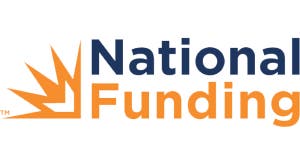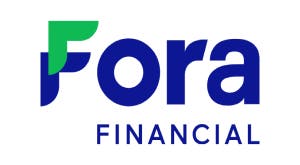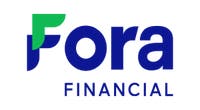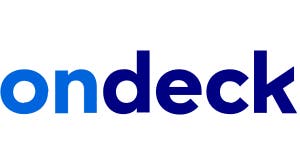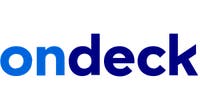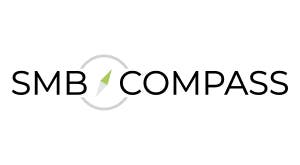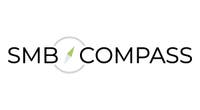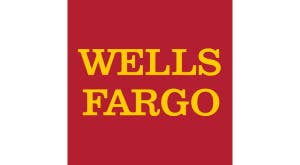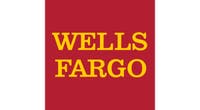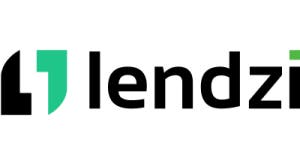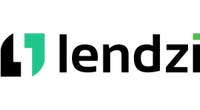Best for unsecured working capital loans
4.4
Bankrate Rating = 4.4/5
Bankrate scores are objectively determined by our editorial team. Our scoring formula weighs several factors consumers should consider when choosing financial products and services.
Interest will typically be quoted as an annual percentage rate (APR), which reflects interest rate and any other charges and fees you may have to pay.
on partner site
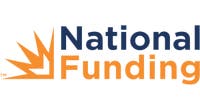
Marketing Bullets:
- Hire new employees to support your business growth
- Flexible payment options are available
- Stock more best-selling items during your busy selling seasons
- Maintain daily operations even through gaps in cash flow
- Continue running your business seamlessly during seasonal lulls
Disclosures:
This is not a guaranteed offer of credit. Rates and terms for business credit products are subject to underwriting guidelines, may be provided by third parties, and are subject to lender approval. Approved funding amount is based on eligibility. Actual eligibility may vary. Restrictions may apply. Application is subject to approval by the lender and is based on factors such as business type, time in business, annual sales, average business bank account balances, personal credit and other variables deemed relevant by the lender. Products offered by National Funding, LLC and affiliates are business products only. In California, products are made or arranged pursuant to a California Financing Law License. License number: 603A169.
Pros
- Fast funding
- Early payoff discount
Cons
- Short repayment terms
- Potentially high interest rates
What to know
You can apply online or by phone. National Funding charges an origination fee of between 1 and 3 percent for working capital loans and requires a personal guarantee. Repayment schedules are daily and weekly. If the working capital loan is repaid within the first 100 days, borrowers receive a 7 percent discount on the remaining balance.
National Funding operates in all states.
Business credit score:N/AThere are four companies that assess business credit scores: Dunn & Bradstreet (D&B), Experian, Equifax and FICO. Each calculates their own scores based on various scales. D&B and Experian rank on a 1-100 scale. FICO scores on a 0-300 scale. Equifax generates 3 separate scores based on business payment index (1-100), business credit risk (101-992), and business failure (1,000 - 1,880).
Personal credit score:660A FICO score/credit score is used to represent the creditworthiness of a person and may be one indicator of the loans you are eligible for. However, credit score alone does not guarantee or imply approval for any financial product.
Personal guarantee requirement?:NoThis is a form of protection for lenders requiring the borrower to repay the loan from their personal assets if the business defaults. A personal guarantee can help some businesses access credit that typically wouldn't qualify.
Minimum time in business requirement:6 monthsMinimum business annual revenue:$250,000
